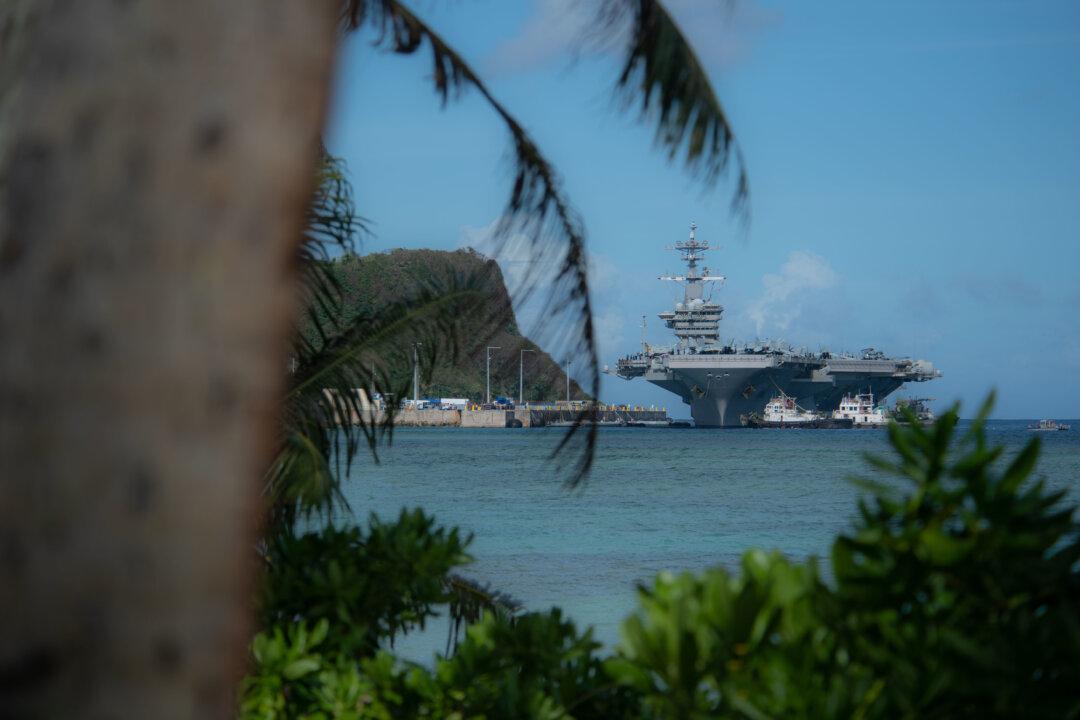Rep. Mike Gallagher (R-Wis.) is seeking information from the U.S. Army on fortifying land-based missile defense capabilities in Guam given its “strategic importance,” which remains “highly vulnerable” amid escalating Chinese military aggression.
Mr. Gallagher, who chairs the House Select Committee on the Chinese Communist Party (CCP), sent a letter to Army Secretary Christine Wormuth, pointing out that the United States has “significant gaps” in capabilities in defending Guam against China’s cruise missiles.




